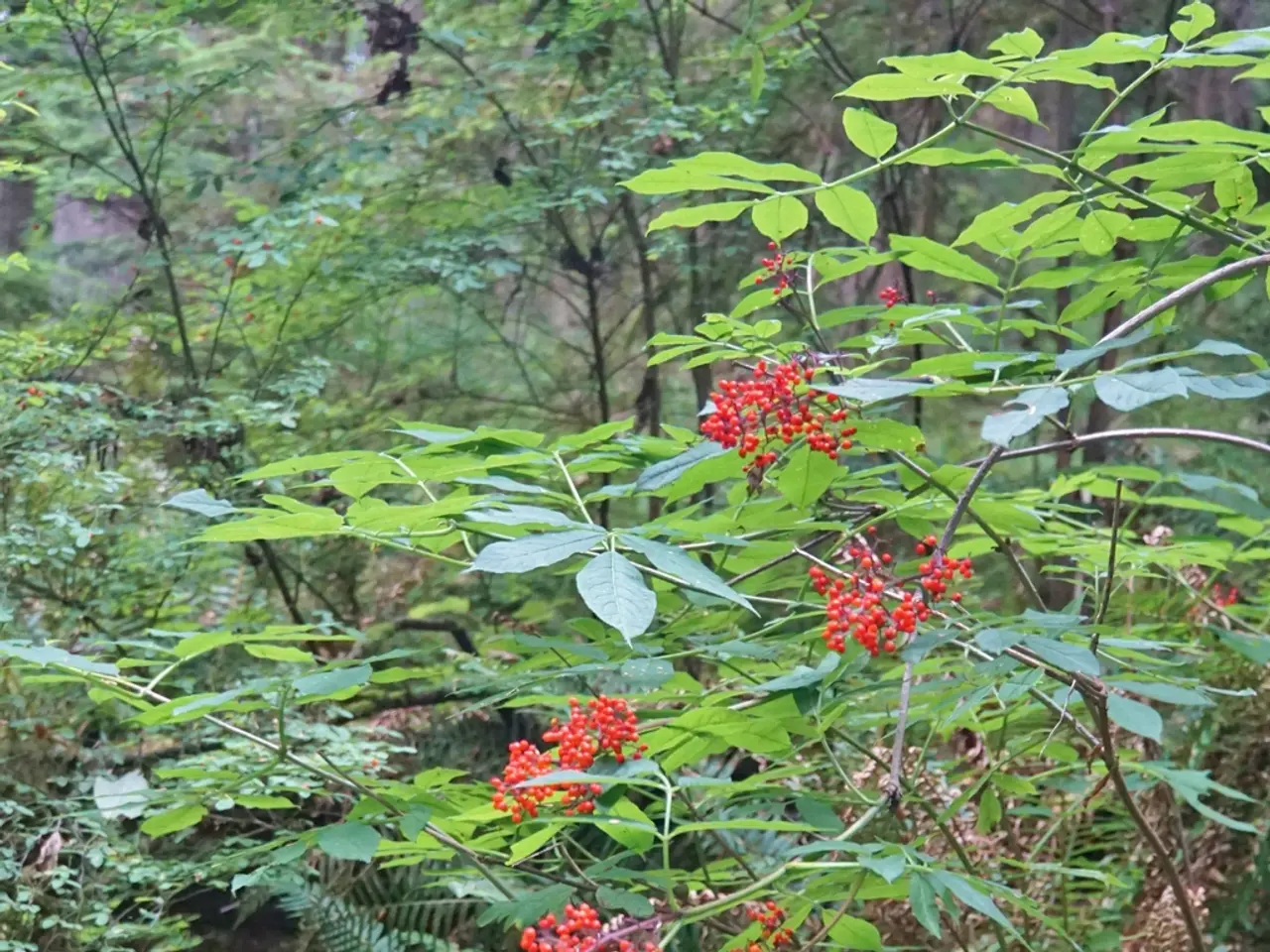Collecting or harvesting Eastern Redbud (Cercis canadensis) in the wild
The Eastern Redbud (Cercis canadensis), a small deciduous tree native to the eastern United States, is not just a sight for sore eyes during the early spring, but also a source of nutrition and usefulness for both humans and animals.
This tree, known for its heart-shaped leaves and pinkish flowers, blooms between March and May, with earlier blooming in southern regions like Georgia and Texas, and later in more northern regions like Pennsylvania. The flowers, which form in clusters of 4 to 8 along the young twigs and branches, are a spectacle of nature, providing a burst of colour in the otherwise dull early spring landscape.
The flowers of the Eastern Redbud are extremely high in vitamin C, making them a valuable source of nutrients during this season. Historically, they were an important early spring nutrient source for many. The flowers are not just visually appealing, but also edible, often used in salads, garnishes, teas, jellies, pie fillings, syrups, and baked goods.
But the Eastern Redbud's usefulness doesn't end with its flowers. Its leaves, which are 2 to 5 inches long with smooth edges and 5 to 9 main veins, can be eaten fresh or used as a potherb in salads, soups, stir-fries, and other meals where greens are used. The best time to harvest these leaves is in the early spring.
The tree's seed pods, which produce flat, narrowly oblong snow-pea-like pods with pointed ends, are another edible delight. They ripen from green, sometimes to purplish, and eventually to dark brown or blackish. If harvested when they're small, young, and tender, around 2 inches long or less in spring, they can be eaten like peas. Mature seed pods can be harvested in late summer or early fall and used more like a dry bean or roasted.
The seed pods of the Eastern Redbud are also high in essential antioxidants. This, combined with the tree's popularity among beekeepers due to its early blooms providing honey for honeybees, makes the Eastern Redbud a valuable asset in both the culinary and natural worlds.
The Eastern Redbud's foliage is safe for most animals, making it a beneficial tree for wildlife as well. Its bark, typically smooth and dark gray to brown but becoming furrowed into scaly plates on older trees, provides shelter and habitat for various creatures.
In summary, the Eastern Redbud is a tree that offers more than just aesthetic appeal. Its edible parts provide a nutritious addition to meals, and its early blooms are a valuable source of nectar for honeybees. Whether it's in the form of its colourful flowers, its tender leaves, or its nutritious seed pods, every part of the Eastern Redbud tree is edible and useful.







